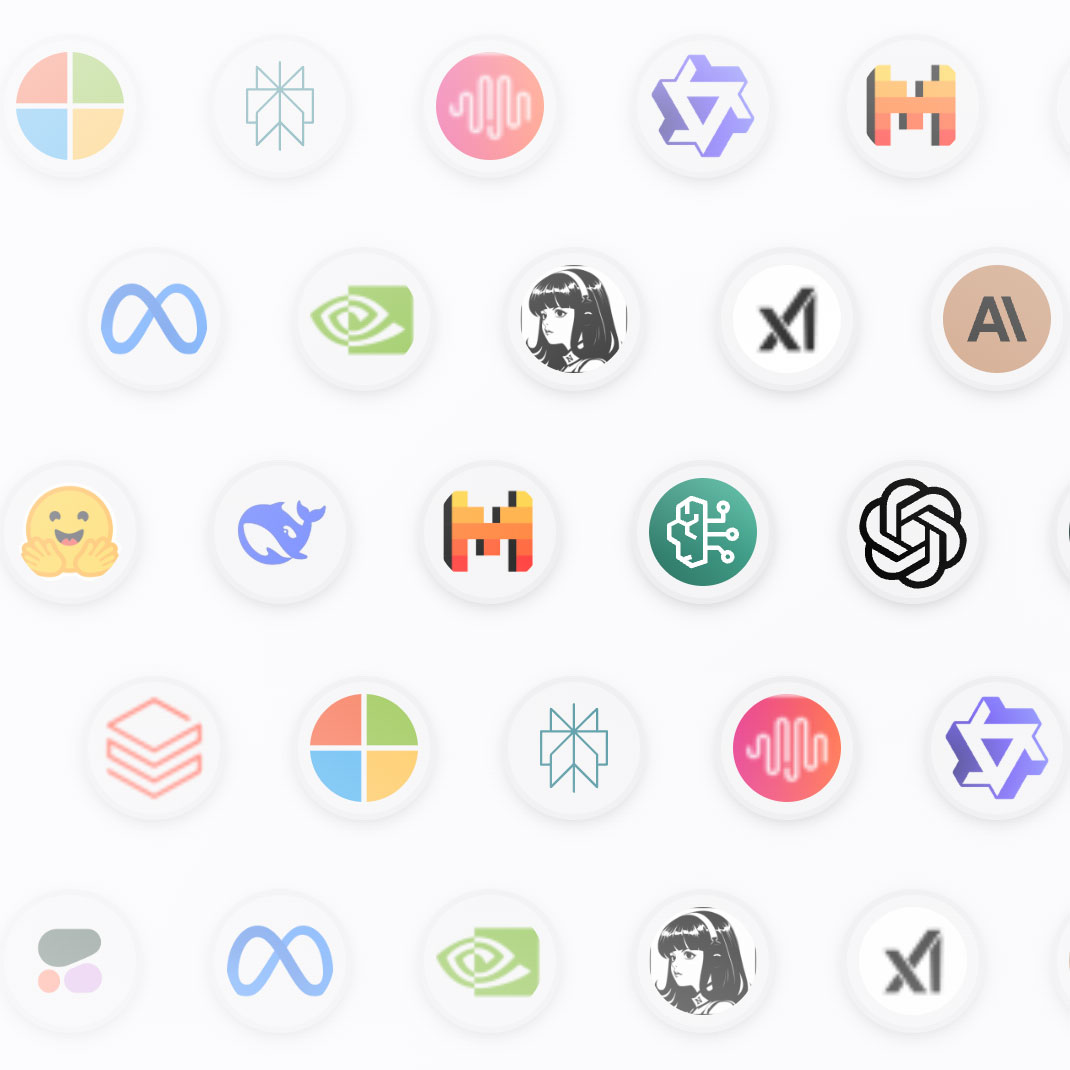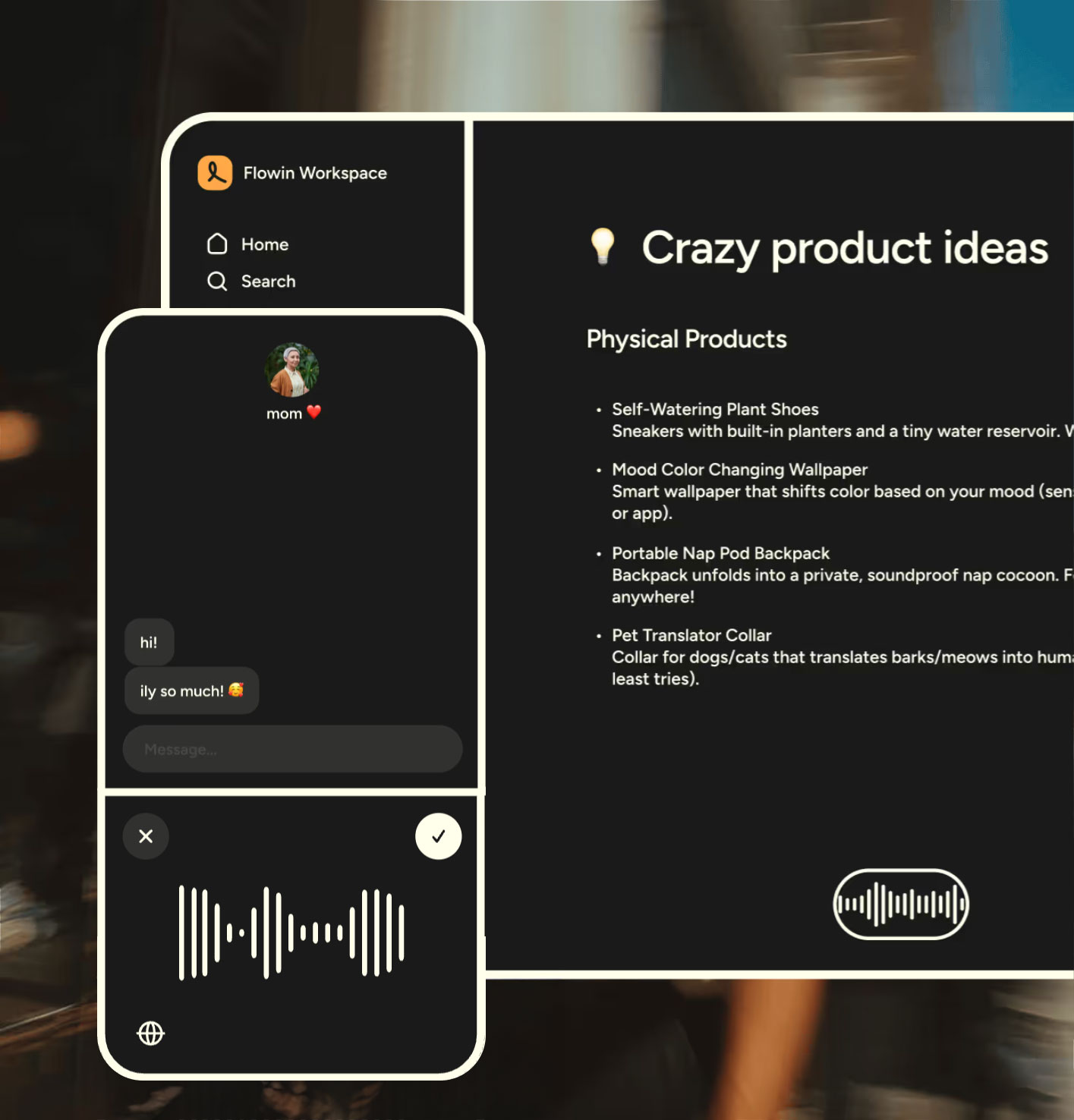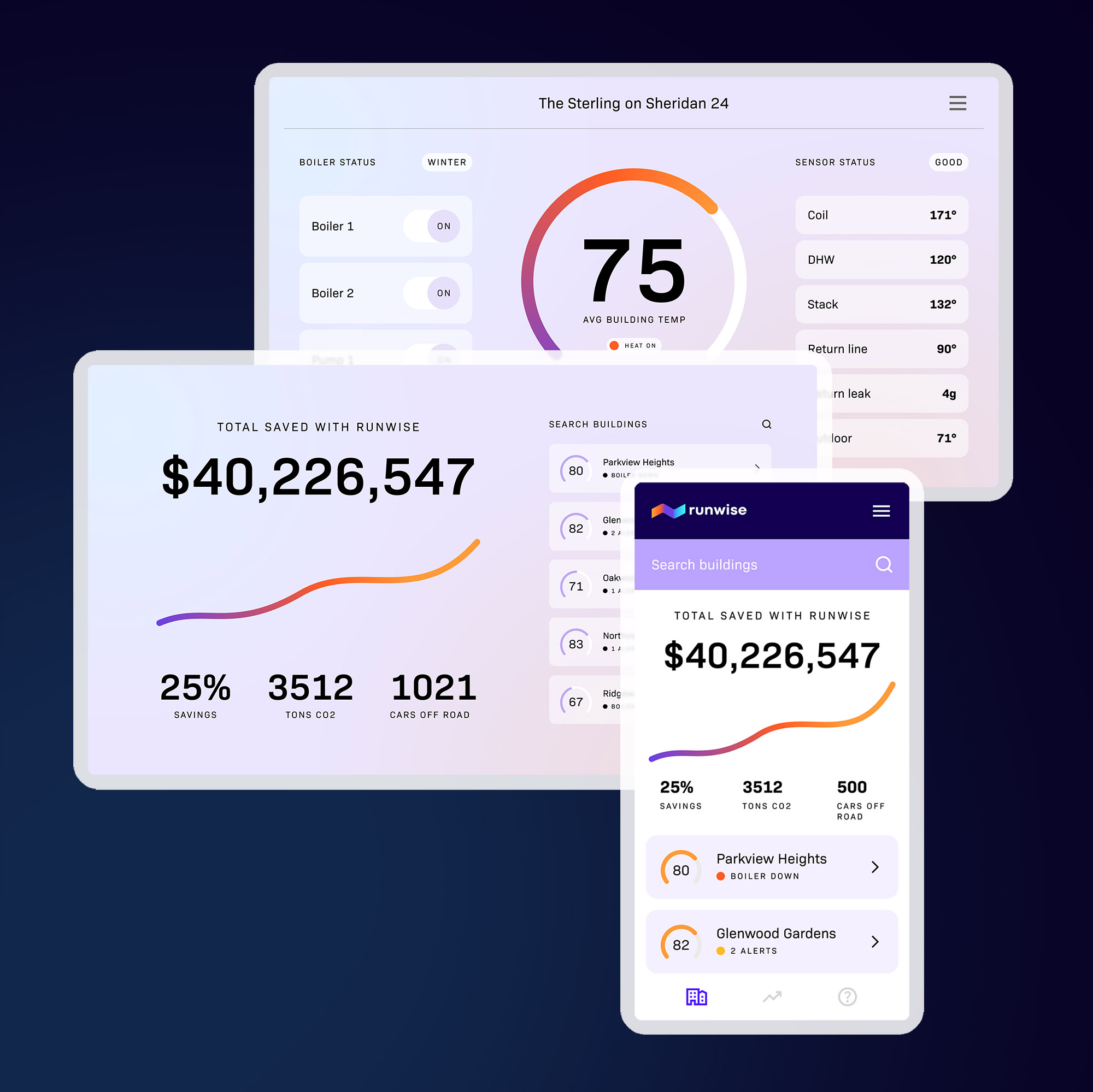Facebook’s announcement that its messenger platform will feature bots served as the crescendo for all of the recent excitement around conversational commerce. I won’t be piling on with my thoughts on the broader space, as there have been a number of high-quality articles written over the last several months about the paradigm shifting to messaging, the ways in which WeChat operates a universal platform in China, and how the next level of interaction between consumers and businesses will occur through conversations rather than apps. As the world moves in this direction, aided by Facebook’s efforts, I wanted to instead take a practical approach to the space by considering the categories of businesses that will be built, and identify some of the interesting early players in each space. I’ve been excited about building the infrastructure for a messaging-first future for some time now; I invested in Gupshup more than six years ago while at Globespan. Today, there are considerably more tailwinds present in the market, and I am eagerly looking to back entrepreneurs who are aligned with our vision for the future.
Bot Platforms
Platforms in this category provide the infrastructure for companies to develop their own chatbots. These platforms fill the substantial gap between what the messaging platforms (Messenger, etc.) offer and what bot builders need. The best platforms provide all the tools necessary to quickly and easily build, test, deploy, publish, monitor, and track cross-platform bots—essential plumbing for any bot builder. It would be foolish for even the most tech-savvy companies to reinvent the wheel with respect to chatbots, who instead should use the best-in-class components provided by the platforms in this category. After all, early evidence suggests that brands are not so great at building their own bots today, even with the APIs provided through the Facebook Messenger platform. At Menlo, we believe that global brands will need to plug into multiple messaging systems, which makes the technical complexity even higher.
Among the most important things that build-your-own platforms will provide is the structure necessary to create productive conversations with users. As we’ve seen from Google’s recent Go victories, AI is very good at solving narrowly defined problems. However, once the problem space balloons outward to something like “have a productive conversation,” AI-powered bots will inevitably struggle. The best conversational commerce bots will make use of a hybrid AI/UX solution, utilizing highly structured messaging to limit user choices, and quickly funnel the conversation to a desirable outcome. Teamchat’s smart messages, Telegram, Kik’s custom keyboards, and Messenger’s templates are good examples of structured message formats. By including structure such as payment buttons and surveys, bots will be able to both minimize user time, as well as more efficiently triangulate toward an acceptable response.
NLP/AI APIs
Companies that want to add a layer of conversational intelligence to their bots will need these NLP/AI APIs. There is a strong open-source movement around NLP and AI (across organizations such as OpenAI), and a larger community and dataset only serves to strengthen performance across the entire network. Brands will be able to customize the set of responses and structure of the conversation and desired outcomes, but plug in the latest and greatest NLP and AI functionality through the use of APIs. Interestingly, this space has seen the most action in terms of early acquisitions, including Wit.ai’s acquisition by Facebook, IBM’s purchase of Alchemy APIs, and the exit of Prediction.io to Salesforce. This buying spree suggests that these solutions may be best served for large, technical companies, who have most of the technical expertise needed to build great bots, but don’t want to reinvent the wheel in the NLP/AI space. A note of caution to bot designers is to avoid over-engineering “AI” into their bots. In many contexts, a limited vocabulary with a “less is more” approach is a better fit.
Horizontal AI
This category of company is the closest to a one-size-fits-all solution, and while these might have the largest early market potential, also represent the most difficult technical challenge. In theory, these bots will have the ability to handle anything from customer service requests for an airline, to purchase requests for a beverage distributor. Such solutions are ideal for companies that are looking to put something out in the market immediately, or where the cost of a mistake is relatively low, such as a bot that promotes a new TV show. This isn’t to suggest that these bots can be deployed into the wild immediately, they will still require training by brands (after all, we’ve seen the downside of bots without strict guide rails) in order to ensure that each customer will receive an experience consistent with the stated goal of the interaction. However, this training should be done in a non-technical manner, through visual workflow and diagramming with marketing or branding teams within the organization. In this way, “horizontal AI” solutions are poised to be an early winner in the category, but will need to continue to provide a best in class user experience over time to avoid being replaced by the types of building block companies we covered above.
Customer Success
This falls in the category of things that are considerably less exciting than an artificially intelligent agent but no less important. As companies make the transition toward conversational commerce, early efforts will likely be hybrid in nature, with the need for agents to take over certain conversations that are sufficiently high-value to warrant human interaction. While the AI software may have components of this built into it, we believe that enterprises will require a bird’s eye view of their sales/support interactions across all channels so that they can properly allocate resources. Best in class platforms will allow for the management of chat interactions across all channels (Facebook Messenger, Slack, etc.) as well as properly deploy chat bots. To do this, these solutions will have tailored analytics which will allow companies to understand where to supplement bots, and where human intervention is needed.
Messaging Infrastructure
The theory behind conversational commerce usually goes as follows—unless consumers are going to use an app once a day, there is probably no need to have it installed, and the company would be better served to use messaging as an interaction layer through a platform like WhatsApp. The very essence of the new conversational paradigm is that “bots are the new apps”. As a result, the messaging infrastructure companies of the future will need to move beyond delivering in-app functionality, and instead power cross-platform functionality. Developers should certainly utilize best-in-class solutions to deliver in-app messaging in the short-term, and be prepared over the medium to long-term to focus on powering intelligent conversations while ceding the chat medium to the larger networks.
Verticals
Vertical consumer messaging solutions are ones that promise the user the opportunity to interact meaningfully in a narrow-portion of their life—from personal finance, to restaurant selection and travel booking. Most of these solutions have a current-world analog, and are merely taking the core functionality of an app and delivering the experience via a text interface. This will be an interesting battle between the incumbents—after all it seems that the Ubers and Kayaks of the world will eventually build bots to connect to their core systems. In this case, will a new entrant be able to steal market share through a better text-first interface, or will existing players benefit from a larger, established platform as bot functionality becomes commoditized? My bet would be on the latter, but I’m excited to be proven wrong by entrants into the space.
Assistants
This category should effectively be broken down into two categories, purely digital, and digital plus network. Purely digital companies are those which do not require a physical service to be transacted in the real world, while digital plus network relies upon an underlying network of people to execute a transaction (e.g., “Bring me a pizza”). Broad assistant companies that outsource delivery seem to fit into the messaging-first worldview well—you can imagine companies being built in this space that are effectively meta-search engines across all-requests. For a pizza and beer request, these companies would be able to quickly query all the alcohol delivery services, as well as pizza joints to optimize for price and delivery speed before executing the order. These sorts of companies are better suited for the long tail of requests—after all, I’m probably still okay to open my Uber app whenever I need a ride. Companies that rely upon building a new infrastructure network might be a tough bet at this point—it will be very hard to compete with the supply network of Uber, which is increasingly branching out into other categories.
Workplace
The theory behind workplace bots are much the same as with consumer platforms—enterprise workers simply have too many apps today, and waste a lot of time by having to open up each program in order to access data. In fact, a recent study found that, on average, over 508 applications are in use within each enterprise, and employees spend more than nine hours a week simply searching and gathering information. The meteoric rise of Slack as an enterprise communication platform provides the perfect aggregator platform for enterprise bots, which explains why early movement in the sector has been in the form of Slackbots. We believe that platforms will create the opportunity for workers to spend the bulk of their time in a communication platform, which they can use to not only pull data from individual systems, but also to correlate data between previously disparate systems (e.g., if a lead from Salesforce takes over a year to close, how demanding will their support tickets be in ZenDesk). This sort of enterprise unification aligns closely with Menlo’s bet on Usermind, and will be an exciting area to watch as enterprise messaging continues to gain steam.
Discovery
How is a consumer meant to find the right bot for their needs? There are a number of companies that have sprung up to aggregate bots into a marketplace to solve the discovery problem. This sort of approach is useful for both consumers and enterprises—consumers as they decide which of the personal finance apps might be most useful, and enterprises as they figure out which bots can be accessed to solve their own problems. However, in the long-term, we believe that curation will be solved by the platform itself (much like is done in the App Store) and third party marketplaces will need to offer additional value-add services in order to remain relevant.
If your company is in any of these spaces, we’d love to hear from you. If you have any suggested edits to the landscape, please drop us a note.
Venky is a partner at Menlo Ventures focused on investments in both the consumer and enterprise sectors. He currently serves on the boards of Abnormal Security, Aisera, Appdome, BitSight, Breather, Dedrone, MealPal, Rover, Sonrai Security, StackRox, and Unravel Data. Prior to joining Menlo, he was a managing partner at Globespan…






